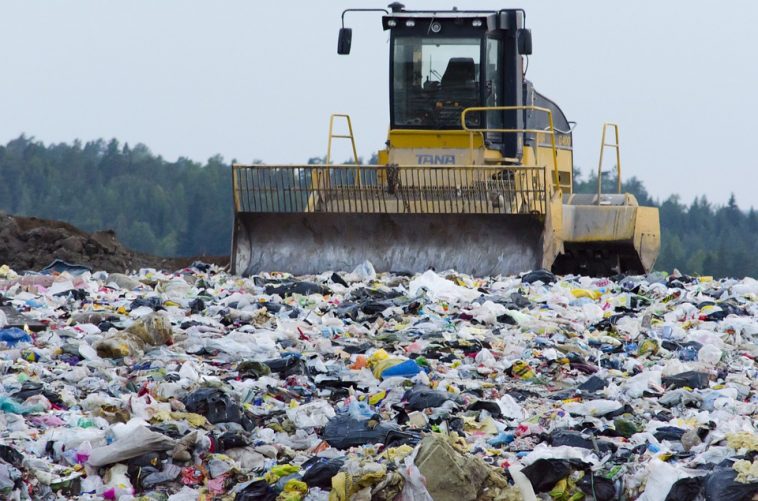Africa has been having a crisis when it comes to disposal of its wastes. In urban areas, the situation has become unbearable to many residents. There are heaps of urban wastes seen in major cities. This is due to the high population that is residing in those areas. But Ethiopian engineer and entrepreneur, Samuel Alemayehu has developed ways to transform the wastes into useful products. Alemayehu is a World Economic Forum Young Global Leader, and a former entrepreneur from Silicon Valley. Furthermore, he is an engineer at Stanford. He developed the first ever Africa’s waste-to-energy plant. The plant reduces dangerous and noxious wastes while improving urban centers.
According to him, the plant will be in a position to supply 30% of the household energy required in Addis Ababa. It will also incinerate 80% of rubbish found in the Ethiopian capital. That will be approximately 1,400 tons of waste daily. The project is worth $120 million run by Samuel Alemayehu who is the co-founder of Cambridge Industries. The Cambridge Industries together with CNEEC a partner from Chinese JV joined the Ethiopian government and a group of international firms to change the way the city tackles waste problem.
According to Cambridge Industries, their main goal is to change the waste management into a pool of wealth. Waste is one of the biggest challenging social problems across Africa. Addis Ababa has been having a heap of waste that covers an area that is equal to 36 football fields. Additionally, the waste produces a toxic greenhouse gas known as methane. It has also destabilized the landfill which led to the death of 144 people in 2017 due to a landslide. This has turned into a national disaster. The power supply in the country is not on par with the economic growth which is above 10% per year.
Addis Ababa waste is burned at a temperature of 1,800 degrees Celsius by the plant. Thereafter it converts the waste into 185 million KW hours of electricity annually. The Reppie plant works hand in hand with the emission standards of EU. It is part of the country’s plan to improve the citizens living standards while minimizing its emission. This strategy is known as a developing “climate-resilient green economy”. It comprises an aim to invest $2 billion per year in expanding Ethiopian production of renewable energy by 2030. This will be twice the present annual expenditure of $1 billion. Funding will come from clean energy sales to neighboring countries. Climate funds and private investment will also be used as sources of funding.
Incineration of waste is a common activity in Europe where burned waste sums up to almost a quarter of the total. This is quite different with Africa where the only means of disposing of waste is by burying it, disposing it in rivers or piling it up. The dumping sites lead to the spread of a number of diseases like yellow fever and malaria. But the newly introduced Reppie plants burn the waste and uses the heat produced to boil water. Thereafter the steam produced from boiling water is used to drive two turbines generators. The release of toxins is minimized by modern gas treatment technology. According to Ethiopia’s vice permanent representative to the United Nations in Nairobi, Zerubabel Getachew, the plant will be used as a model by various countries across Africa. The founder is planning to expand the solution to other countries in Africa. He is looking forward to constructing such plants in Kenya, Djibouti, Senegal, Cameroon, and Kenya.
 We just launched our WhatsApp channel. Want to get the latest news from the Tech in Africa?
We just launched our WhatsApp channel. Want to get the latest news from the Tech in Africa?


